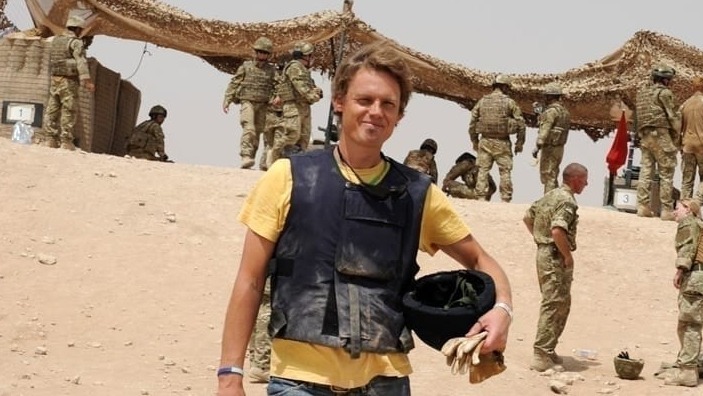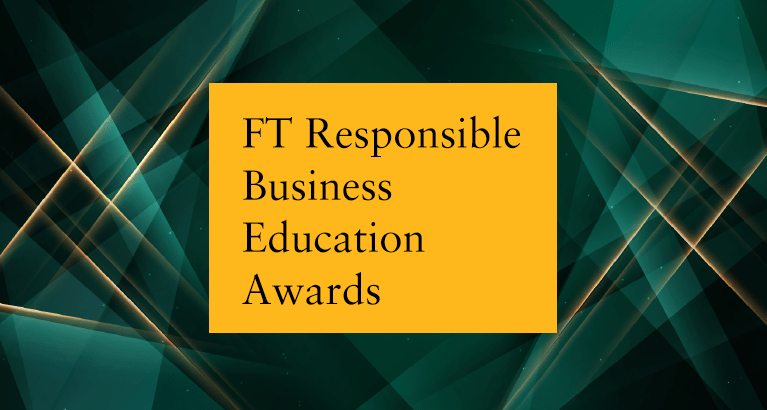
Online groups that track down paedophiles – known as ‘paedophile hunters’ – have often portrayed themselves as the last line of defence for children battling online abuse given that police aren’t up to the task. Yet by closely examining private, online conversations between hunters, a study co-authored at Cambridge Judge Business School draws a different picture.
The study published in the journal ‘Applied Linguistics’ is based on the academic concept of ‘stance’, or the linguistic means by which people convey personal attitudes, emotions and assessments. The paper specifically focuses on expressions of identity through collective stance-taking in order to enhance our understanding of how such groups operate and what motivates their behaviour based on what surfaces in their conversations.
How paedophile hunting can be driven by a need for inclusivity as well as moral values
While supporting the observation of how hunters position themselves, the research also identifies the importance that paedophile hunting plays in filling a social void. This includes the less magnanimous role of hunting as entertainment, which does not replace, but sits alongside, hunting as a moral pursuit.
Linguistic analysis finds that much of the chatroom talk among hunters are about topics unrelated to their ostensible objective of keeping children safe – including television, politics, hobbies, family and health – foregrounding the important role of hunting in bringing like-minded people together for social purposes.
“Hunters do what they do for a cocktail of reasons – some more salient than others depending on the individual hunter and the culture of the group,” says Mark de Rond, Professor of Organisational Ethnography at Cambridge Judge, who co-authored the new study as well as a comprehensive 2022 study into paedophile hunting published in the ‘Academy of Management Journal’ that has been credited by police organisations with helping to establish greater dialogue between hunters and police.
“There is an element of narcissism, to be sure; there is moral outrage at the scourge eating away at decent society; there is traumatisation, as many hunters are survivors of abuse; and there is the belief among many hunters that they are the last line of defence. The entertainment value of hunting falls in the narcissism camp.
Hunters do what they do for a cocktail of reasons – some more salient than others depending on the individual hunter and the culture of the group.
Main findings of the study
1
Little of the conversation is focused on the victims
“This new article focused on linguistics brings up a very important aspect that was not central to our earlier journal article: the important role that hunting teams play in filling a social void – a reason to get a particular group of people together in the same room – and we were struck by how little of the hunters’ conversation focused on the victims of paedophilia.”
The study says that this may reflect the fact that the studied hunting group often uses decoys, so real children are rarely involved, or that as real victims are central to the group’s cause they “do not require frequent discussion”.
2
Hunters’ relationship with the police is more nuanced than previously thought
The new study also paints a view of the hunters’ relationship with police that is different from the usual depiction of hunters as dismissive of police; the language used by hunters to describe individual police officers is positive, while hunters “with first-hand experience of individual officers in the context of hunting find them on the whole to be helpful and caring”.
Sexual abuse and exploitation of children is a major problem in the UK and elsewhere, with UK police receiving one claim every 7 minutes of a child having been sexually abused – and “by their own admission, it is a problem police cannot arrest their way out of,” the study says.
“Improving relations between hunting groups and law enforcement requires a greater empathic understanding of what motivates hunters beyond a pragmatic aim to compensate for the failings of police,” so insight into their practices is important, says the new study.
“Given that hunters rarely ever meet except to confront predators in ‘stings’ and, consequently, how most of their practices occur through online communications via Facebook or other social media platforms, linguistics can play a useful role in advancing our understanding of these modern-day witch hunts.”
How online chat among hunters is analysed
The study is based on online chat in the hunting group over an 18-month period, between October 2018 and April 2020, and covers 54 private Facebook Messenger chatrooms. One such chatroom used by multiple users (between 5 and 25 participants at the time of data collection) contained 8,342 conversational “turns” including videos, voice clips and images, encompassing 359,155 words. By analysing the use of certain words and expressions, the research explores the hunting group’s collective linguistic identity.
That analysis finds that some of the language used in the chatroom reflects hunters in a less-than-knight-like light.
Hunters’ reaction to lack of sexual content is problematic
“A significant amount of chat details their excitement around the detective work required to identify suspected predators, including frequent speculation and gossip-like chat about intimate but impertinent details of predators’ lives and circumstances, and expressions of boredom where online conversations lack sexual content,” the study says.
“It is possible that ‘boring’ is used in a sense akin to ‘irrelevant’ here in that these potential predators may not have been deemed worthy of pursuit, but nevertheless, this type of comment demonstrates a clear expectation for sexualised conversation that sits starkly against the usual expressions of shock and disgust.”
The dataset also includes many examples of decoys sharing chat excerpts “just to show how vile ‘their’ predators are, as if they were competing in a race to the bottom for the worst, most explicit, predator. It seems theirs is a game as much as a charge, detracting somewhat from the image of altruistic volunteers motivated purely by moral duty.”
Importance of stance and identity in linguistic research
The study traces prior academic research into stance and identity, outlining how it builds upon related concepts such as evidentiality, hedging, affect, evaluation and appraisal.
“Stance” has been of particular academic interest to linguists since the 1980s, as just about everything someone says conveys some expression of a stance. Even professed neutrality can be interpreted as a stance in relation to other positions such as those favouring or opposing a particular point of view.
Previous research on stance is cited in the study
The new study by Mark de Rond cites previous research by other scholars that focus on the topic of “stance”, and Mark draws on these studies in his examination of the role of stance in the language used by paedophile hunters.
- A study that distinguishes between two types of stance: epistemic stance, which involves an examination of the evidence underpinning the status of knowledge contained in a proposition, and attitudinal stance, which involves expressions of feelings (such as scared, happy and angry) and evaluations (such as lovely, terrible and intelligent).
- A study that conceptualises stance as a “linguistically articulated form of social action” in which people use language to evaluate an object and thus align themselves (or dis-align themselves) in relation to both that object and others.
- Research that goes a step further by suggesting that people use language to position “themselves and others as particular kinds of people” as an expression of identity.
- Research suggesting that people carve identities partly through repeated stancetaking, reflecting particular identity positions that may encompass broad social categories such as age, gender, and socioeconomic status.
- Research that finds linguistic stances “point to” certain identities either overtly through self-labelling or indirectly by association – and identities are thus seen as “emergent, dynamic, multiple and performed through language, rather than as innate and unchanging in the individual”.
- A study that develops a “resource-constraint” model that outlines different ways that people draw on to perform identity (including sociolinguistic, physical and situational), and how these both shape and constrain our “repertoires” of available roles.
The article published in ‘Applied Linguistics’ – entitled “Identity in a self-styled ‘paedophile-hunting’ group: a linguistic analysis of stance in Facebook group chats” – is co-authored by Emily Chiang of the Aston Institute for Forensic Linguistics at Aston University in Birmingham; Professor Mark de Rond of Cambridge Judge Business School, and Jaco Lok of the Department of Management at Macquarie University in Australia.
Featured research
Chiang, E., de Rond, M. and Lok, J. (2023) “Identity in a self-styled ‘paedophile-hunting’ group: a linguistic analysis of stance in Facebook group chats.” Applied Linguistics
de Rond, M., Lok, J. and Marrison, A. (2022) “To catch a predator: the lived experience of extreme practices.” Academy of Management Journal, 65(3): 870-902 (DOI: 10.5465/amj.2020.1492)





